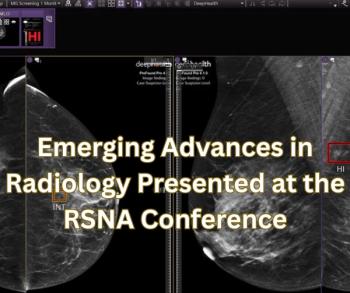
Pathology PACS helps eliminate human error and boost productivity
In this era of robust information technology, systems should be improved to address the problems of human error in healthcare delivery, according to a participant in an e-session at the HIMSS meeting Wednesday. At the same time, solutions must be found for the critical problems of productivity in hospitals.
In this era of robust information technology, systems should be improved to address the problems of human error in healthcare delivery, according to a participant in an e-session at the HIMSS meeting Wednesday. At the same time, solutions must be found for the critical problems of productivity in hospitals. Pathology departments are finding that they can respond to both issues through the use of telepathology systems centered around a pathology PACS, said Peom Park, Ph.D., of Ajou University in Kyungki-do, Korea.
"PACS in pathology enables systematic management of digital pathological images with easy-to-use image acquisition," Park said.
Major functions are similar to radiology PACS, including storage, archive, backup, data management, and image delivery. Acquisition modalities, of course, are different.
PACS in pathology involves integration with variously located digital gross photography stations and microscopic imaging capturing stations, as well as with radiology PACS, laboratory information systems (LIS), and electronic medical records.
PACS in pathology can work as a stand-alone solution for the anatomic pathology department, or it can be linked to the LIS and pathology reports so that high-quality images that yield more information for diagnosis can be included.
"One function of pathology PACS is that it can be used to search images and pathology reports much more easily through various intuitive parameters such as pathology ID, patient ID, specimen, or diagnosis," Park said.
In a hospital setting, pathological images can now be quickly shared with clinicians. Pathology PACS can also import images to pathology reports and export images in a standard file format.
Pathology PACS is compatible with most user imaging software, such as Photoshop and ImagePro. Batch printing is also supported, permitting images to be sorted and printed by date, pathology, or ID, Park said.
Newsletter
Stay at the forefront of radiology with the Diagnostic Imaging newsletter, delivering the latest news, clinical insights, and imaging advancements for today’s radiologists.




























